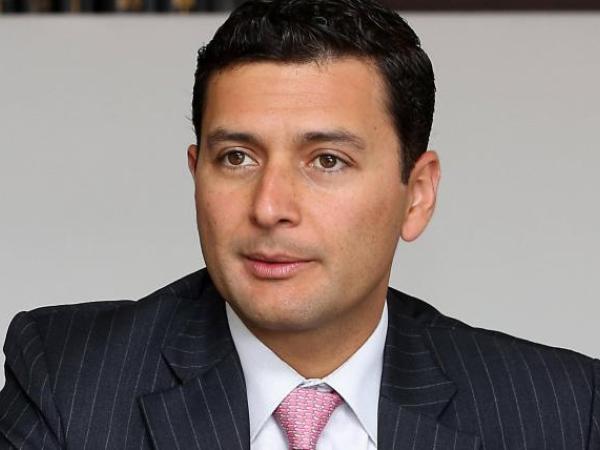The financial superintendent, Jorge Castaño, said that the Colombian financial system has shown solidity to mitigate the impacts of the international banking situation.
According to the official, good levels of liquidity and solvency and permanent monitoring have been elements that allow a sector to be prepared to face possible shocks, which have not occurred anyway.
(Loan portfolio continues to slow down).
In addition, it revealed that as of September 2022 an acceleration was observed in the indicators of credit deterioration, for which it was essential to carry out permanent monitoring.
For this reason, said the official, anticipating “The economic slowdown and persistent inflation in 2023, during 2022 the healthy origination of the consumer portfolio was promoted.”
The official spoke during the meeting of the Central American Monetary Council where he said that among the main elements that allow us to see the sector’s capacity are the 30-day Liquidity Risk Indicator, which is above 200%, the Net Stable Funding Ratio (Cefen) Group 1 has an indicator of 109%.
Said indicator promotes portfolio growth with more stable funding. In addition, he said that there is limited exposure of credit institutions to the bankruptcy of the Swiss bank Credit Suissesince there are no direct investments and there is a low exposure to derivatives.
(Bad credit portfolio low due to good payment habits).
In the Collective Investment Funds there are no direct exposures and possible volatility in the stock market.
In pension and severance funds there is low direct exposure to Credit Suisse and possible volatility in funds representative of international stock indices.
He also assured that the calculation of the impact of inflation on housing loans in UVR will allow offering individualized alternatives for households.
And in that sense he assured that “It is necessary to design a coverage mechanism that covers the difference in the quota that originates from annual variations of the UVR and exceeds a predefined threshold.”
Even given the situation of high inflation, which hits families that have mortgage loans denominated in Real Value Units (UVR), several banking entities that offer this type of obligation have been changing the typology to a fixed rate for the most affected.
Among the measures adopted in 2022 by the Financial Superintendency are preventing the spread of systemic risk by designing individualized measures to contain contagion and also strengthening the balance sheet by projecting provisions and planning the capital and liquidity needs of entities
Castaño revealed that stress tests were carried out on the subsidiaries of Bancolombia and Davivienda in Central America and it was shown that there are adequate capital buffers in each jurisdiction and in the holding company in Colombia.
An analysis by Moody’s Investors says that “In Latin America, deposit insurance covers an average of US$45,000 per depositor in each institution, with high coverage in Mexico (US$167,000 per person) and low coverage in Colombia of US$12,300 per person.”
(‘Bancoomeva buys portfolio at 20% and lowers card rates’).
However, he says that when considering deposit insurance coverage by GDP per capita, “The region had the highest deposit insurance coverage of more than 5 times as of December 2021, compared to 1.4 times in Asia-Pacific and 1.6 times in the US, showing the high granularity of bank deposits, a factor that could
limit liquidity risks in the region”.
In Colombia, Fogafin’s deposit insurance covers up to $50 million per depositor, while Fogacoop covers up to $25 million.
BRIEFCASE








